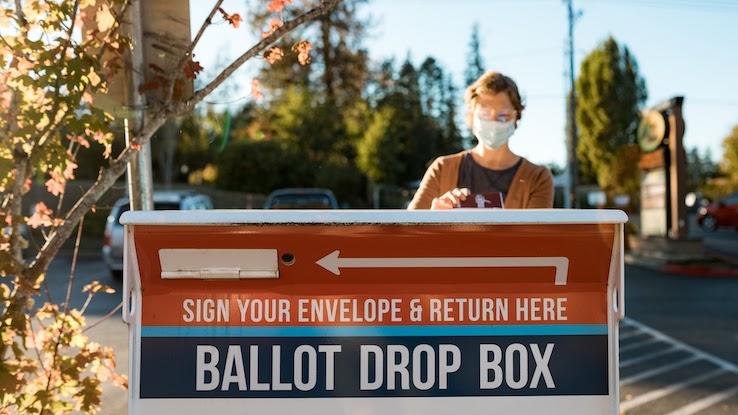
When COVID-19 emerged in late 2019, few people could have predicted the virus would upend society within a matter of months — but that’s precisely what it did, permanently altering the ways we go about our daily lives in the process. While the pandemic failed to subside as autumn approached, it became clearer our day-to-day dealings weren’t primed to be the only things subjected to pandemic-related interruptions. Large-scale events were going to require some serious modifications, too, and that meant, as 2020’s presidential and other elections drew nearer, voting was about to look much different in the midst of the enduring public health crisis.
In this new age of social distancing and statewide lockdown orders, mail-in and early voting became clear solutions to mitigating some of the health risks that in-person voting on Election Day presented. But despite assurances of absentee voting’s safety, a number of voters remained skeptical — and still feel this way even now that the election has passed. It’s by no means a new way to cast a ballot. But with the increased attention it’s gotten in the wake of the pandemic — and the fact that it helped spur massive voter turnout in the 2020 election along with claims from Donald Trump that “rampant voter fraud stole victory from him” — voting by mail is continuing to face controversy, politicization and villainization as politicians and others carry on decrying its expansion.
So, is voting by mail a safe and effective way to make our voices heard or a mainline into the mire of mass voter fraud? Examining voting by mail data in the United States shows us its track record says much about the actual (and extremely limited) potential for fraud, despite the narrative that Trump, congressional Republicans and other right-wing allies have begun pushing as they’ve struggled to cope with Trump’s 2020 loss.
Why Is Absentee Voting Such a Hot-Button Issue?
Claims of election fraud are nothing new — especially to Donald Trump, who began warning during the 2016 presidential election that millions of fraudulent votes had been cast for his opponent Hillary Clinton. Regardless of his reasoning four years ago, Trump again began making statements about voter fraud occurring during the 2020 election as the much more widespread usage of absentee ballots took place in an effort to keep voters safer during the COVID-19 pandemic. Once the 2020 election had been decided, with President-elect Biden earning millions more votes than Trump and 82% of early voters casting their ballots via mail, the incumbent began spewing an “escalating series of fantastical — and false — accusations about the risks of embracing mail voting,” notes Mike Baker of The New York Times.
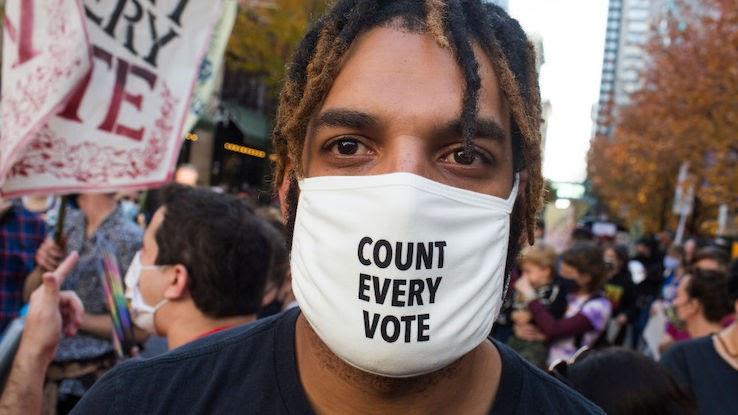
While federal, state and industry election officials have since released a statement declaring that the November 3 election was “the most secure in American history,” Trump’s attempts to invalidate the integrity of mail-in voting represent dangerous waters to tread — claims that ultimately work to chip away at democracy, to dissolve voter confidence and to delegitimize the system that runs much of our society by stripping away citizens’ power to act within that system. It’s a slippery slope, though, and it’s not impossible to see why people might believe that absentee voting is more likely to result in fraud. It’s faceless, not requiring voters to actually validate their physical existence by appearing in person at the polls. And with the severe backlogs and delays that the U.S. Postal Service experienced earlier in the year, it might stand to reason that those conditions could impact the timely delivery (and counting) of absentee ballots.
But these assumptions represent a fundamental misunderstanding of the exacting processes that take place to validate and record mail-in ballots — and the reasons why allegations of widespread voter fraud are continually, vehemently (and accurately) debunked. And they even further highlight the need to reaffirm the safety and legitimacy of absentee ballots.
The Honest History of Voting by Mail
Voting by mail has a relatively long history in the United States; members of the U.S. military began using a distance-voting system to cast their ballots during the Civil War. As far as civilians are concerned, mail-in ballots became an option for some voters on a state-by-state basis as early as the late 1800s. The mail-in option was originally intended for use by those who were either away from home or too ill to make it to the polls on election day, and those are common reasons why people still choose absentee ballots.
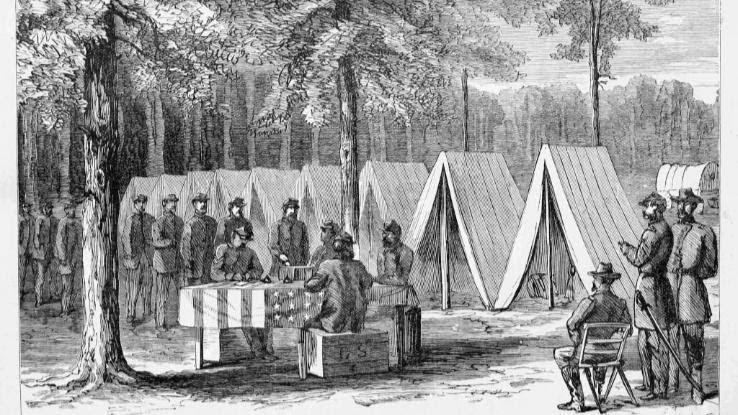
It wasn’t until the 1980s that California became the first state to allow citizens to vote by mail for no other reason than convenience. The idea of being able to vote without having to stand in line for hours at a polling site proved to be such a popular option that, by 2018, 27 U.S. states had added no-excuse absentee voting to their lists of polling options, meaning that voters could opt to receive absentee ballots without needing to provide a reason for wanting them. Despite the popularity, some states still require that voters choose from a list of approved reasons why they can’t make it to a polling place in order to receive absentee ballots.
By 2004, 24.9 million Americans were casting their votes by mail, a number that more than doubled to 57.2 million by 2016. While mailing in a ballot may seem like a foreign idea to some, it’s far from a new concept for many U.S. citizens. Several states now even utilize mail-in ballots as the default option for voting, automatically sending out these ballots via the USPS to all registered voters.
Due to the special circumstances surrounding the 2020 election, “at least 30 states plus the District of Columbia…made at least some changes that [made] it easier and more accessible for voters to cast their ballots from home,” according to ABC News. While it remains to be seen whether this decision will set a new standard moving forward or become a pandemic relic, it did increase voter turnout by making it easier for Americans to cast their ballots — and that’s certainly a bright spot in the history of absentee voting.
Do Fraudulent Mail-In Ballots Threaten Our Election Process?
According to the U.S. Election Assistance Commission, two out of five voters in the 2016 election cast their ballots through the mail. In the same year, 16 states that allowed no-excuse mail-in voting as an option showed a combined percentage of over half of all votes cast through early, mailed or absentee ballots.
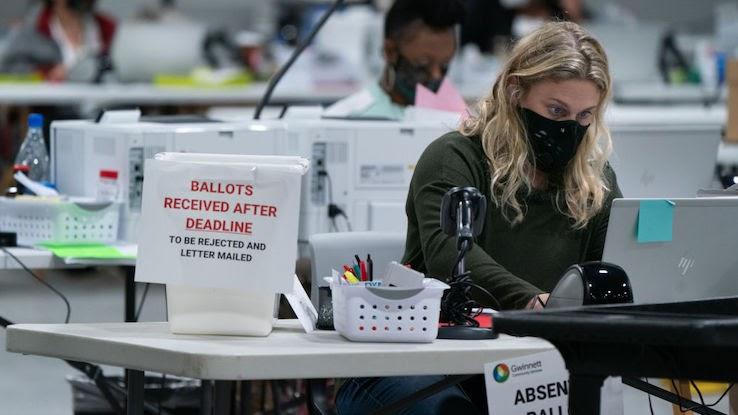
Given that voting by mail has become a fairly common practice over the past few decades, experts have already been able to establish a clear picture of how it affects the potential for voting fraud. One investigative study from Arizona State University revealed that out of billions of mail-in votes cast between 2002 and 2012, only 491 cases of voter fraud were even attempted. As the Brennan Center for Justice puts it, “it is still more likely for an American to be struck by lightning than to commit mail voting fraud.”
So, there may be a handful of instances in which someone risks five years in prison and $10,000 in fines in order to cast a vote in their dog’s name. Such instances, however, are incredibly rare and have never been committed on a scale large enough to begin to influence the overall outcome of an election — not to mention that successfully committing voting fraud is no easy task to pull off.
Are There Official Safety Measures in Place?
The majority of Americans already trust the USPS to handle everything from their tax returns and credit card applications to census information and passport documents. So why would voting be any different? Despite what some politicians would have people believe, it isn’t any different. The mail-in ballot system is set up to be just as, or even more, secure when it comes to the handling of official ballots, even in the face of disruptions similar to those that occurred with the USPS in mid-2020. Various security measures make it far harder than some people might assume for someone to cast a fraudulent vote.
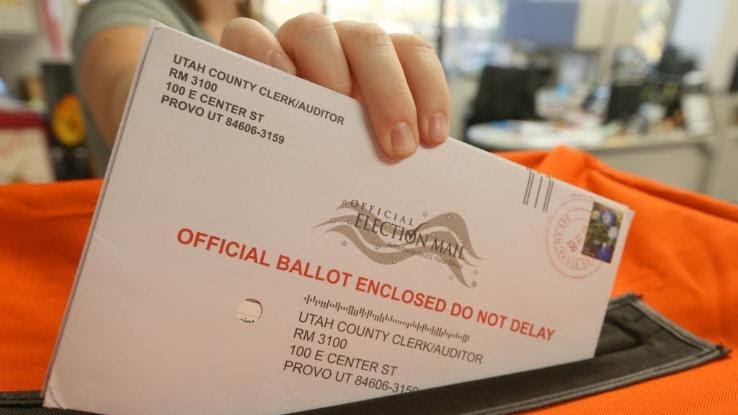
In order to cast a vote by mail, you’re required to provide enough personal identifying information to prove that it’s actually you filling out the ballot. Such verification information can include things like your address, birthdate, the last four digits of your Social Security number or your driver’s license number. You’ll likely need to sign the ballot’s return envelope, and, when your ballot is received, the person who tallies it will compare the signature on the envelope to the signature you provided when you registered to vote. If it doesn’t match, the ballot may be discarded.
Many jurisdictions now also offer barcodes that track your ballot envelope to make sure that it’s delivered for processing. Not only is this a handy way to make sure that your vote is counted, but it’s also used to flag duplicate or suspicious ballots. Rest assured that the odds of someone stealing your ballot and using it to successfully vote for your political foe are incredibly slim.
Last but not least, keep in mind that receiving your ballot by mail doesn’t necessarily mean that you have to use the mail to send it back. If you’re willing and able, you’re always more than welcome to drop it off at a secure polling area such as a drop box in your community. Not only will you be able to place it directly into a secure ballot box by hand, but you’ll also be able to skip the long polling lines.
The Official Mail-In Vote Verdict
While allegations of voter fraud are tempting scapegoats for losing politicians in close (or even not-so-close, as we’ve learned in 2020) elections, history and the data have shown that those allegations are really just a proverbial fall guy that’s caused panic among voters who take some politicians’ statements at face value. Many instances of what people initially assumed to be voting fraud have later been revealed to be nothing more than clerical errors or faulty data-matching errors. Historically speaking, fraudulent votes have made up no more than 0.0003 to 0.0025% of all votes cast in any U.S. election.
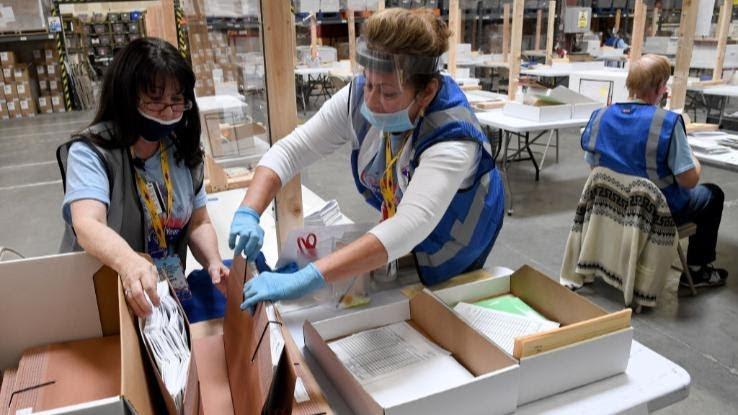
What the mail-in option has proven to do is increase voter turnout with no bias to either political party. Past mail-in elections have proven to provide such a convenient option for all voters that overall participation increased, particularly among people in rural areas, senior citizens, younger generations and people of color.
If you received a mail-in ballot during election season — or if you’re concerned that the higher rate of absentee voting that took place during the 2020 election increased the potential for fraud — rest assured it’s no threat to democracy. It’s simply a safe and secure way to make your voice heard from the comfort of your own home. For more information about voting by mail where you live, visit USA.gov to access your state’s election website.






